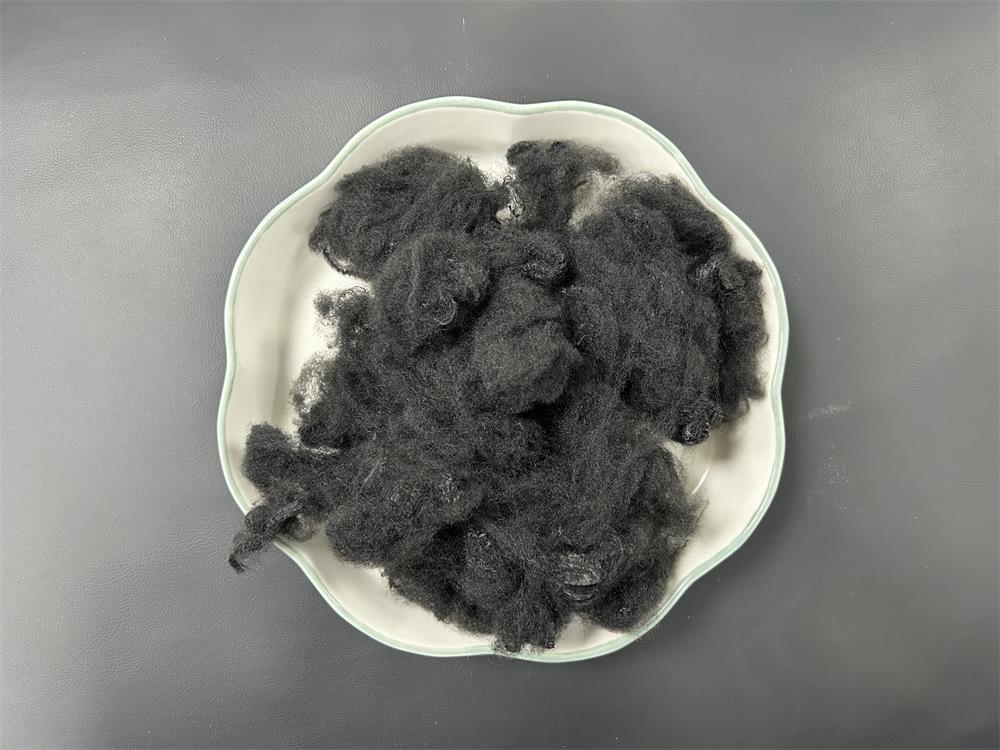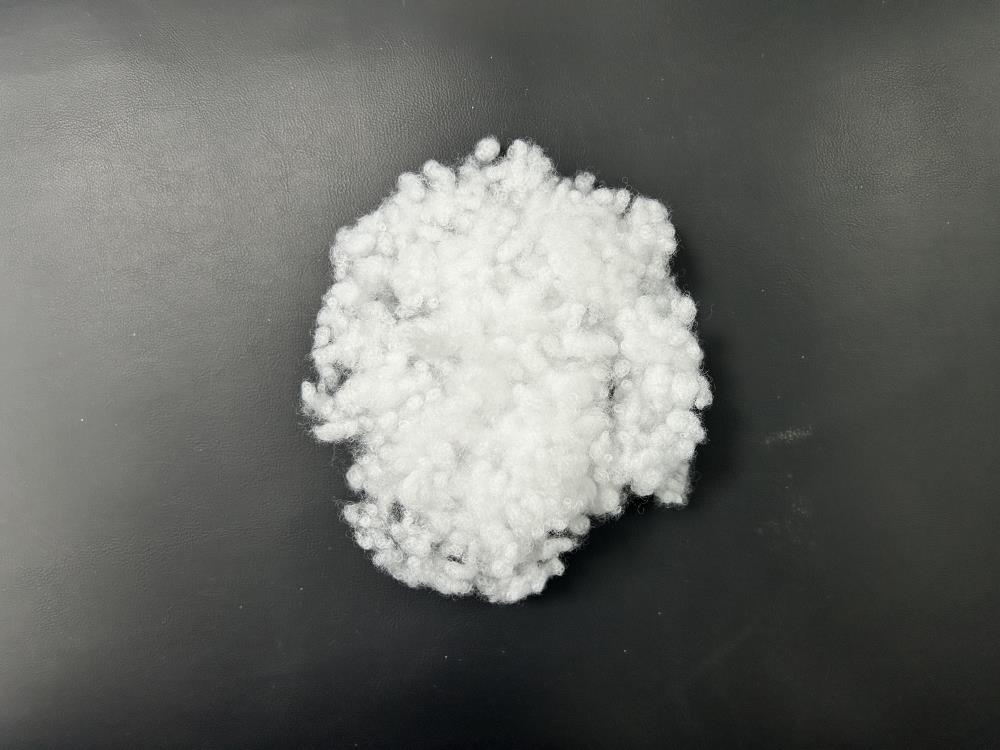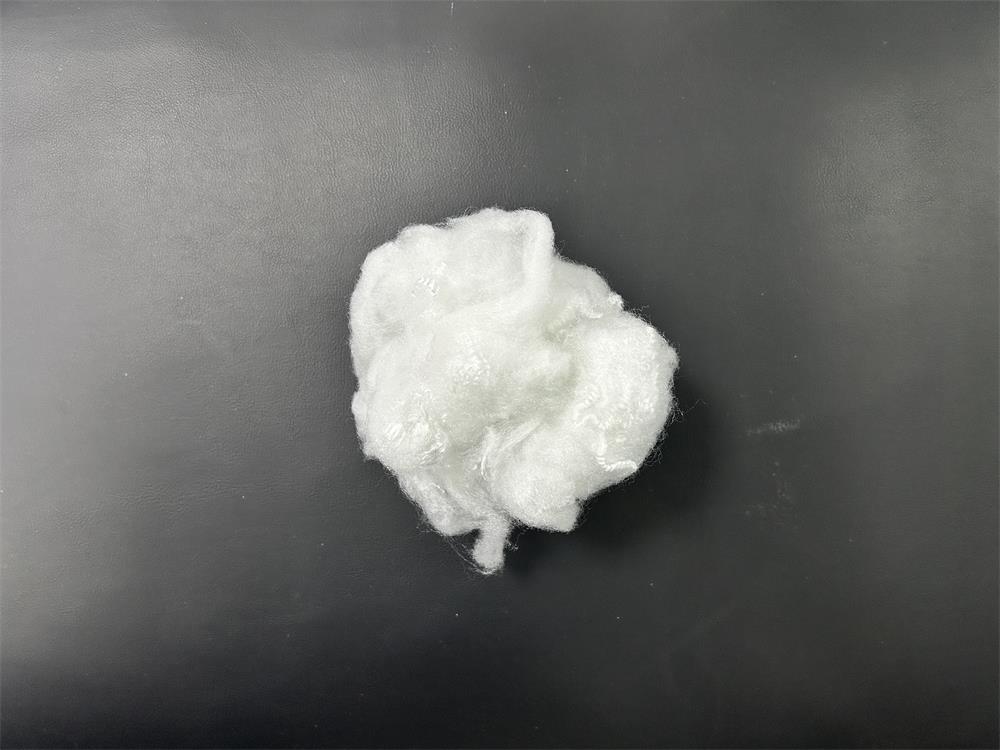Introduction to recycled polyester fiber:
As the world becomes increasingly aware of the environmental impact of textile production, industries are looking for sustainable alternatives. An increasingly popular solution is recycled polyester. This innovative material not only reduces reliance on virgin resources but also minimizes waste and pollution. In this article, we explore the benefits of recycled polyester and provide guidance on its optimal use.

Recycled polyester fiber environmental protection case:
Polyester is one of the most commonly used synthetic fibers in textiles, accounting for approximately 52% of global fiber production. However, its production involves the consumption of non-renewable resources and the emission of greenhouse gases. By recycling polyester, we can significantly reduce these environmental burdens. Recycling polyester diverts waste from landfills, saves energy and reduces carbon emissions compared to producing virgin polyester. Additionally, it fosters a circular economy model in which materials are reused rather than thrown away, mitigating the environmental impact of textile production.

Instructions for use of recycled polyester fiber:
1. Choose recycled polyester mills to source responsibly: When incorporating recycled polyester into your products, prioritize ethical recycled polyester mills and suppliers with sustainable practices. Make sure recycled materials come from reputable sources and meet quality standards.
2. Durable design of recycled polyester fiber: The product uses recycled polyester fiber and is designed to have a long service life. By making durable textiles, you can extend the life of the material, reduce the need for frequent replacement, and ultimately reduce waste.
3. Embrace the versatility of recycled polyester: Recycled polyester can be used in a variety of applications, including apparel, home textiles and industrial materials. Explore its versatility and consider innovative ways to incorporate it into your designs.
4. Promote consumers to use recycled polyester fibers: Increase consumers’ awareness of the benefits of recycled polyester and its role in sustainable development. Providing transparent information about the materials used in products enables consumers to make informed purchasing decisions.
5. Implement a recycling program for recycled polyester: Establish a recovery or recycling program to collect and reuse end-of-life products made from recycled polyester. Work with recycling facilities and organizations to ensure proper disposal and recycling processes.
6. Seek certification for recycled polyester: Seek certification such as the Global Recycling Standard (GRS) or the Recycling Claims Standard (RCS) to verify a product’s recycled content and environmental credentials. Certification provides credibility and assurance to consumers and stakeholders.
7. Collaborations using recycled polyester make an impact: Join forces with industry partners, NGOs and government agencies to drive collective action towards a more sustainable textile industry. Collaborate to promote knowledge sharing, innovation and advocate for policies that support recycled materials.

Conclusion about recycled recycled polyester:
Recycled polyester fibers offer a promising solution to the environmental challenges faced by the textile industry. By using recycled materials and adopting sustainable practices, we can minimize waste, conserve resources and reduce the ecological footprint of textile production. Through responsible sourcing, innovative design and consumer education, we can unlock the full potential of recycled polyester and pave the way for a greener, more sustainable future.
Post time: Apr-07-2024
